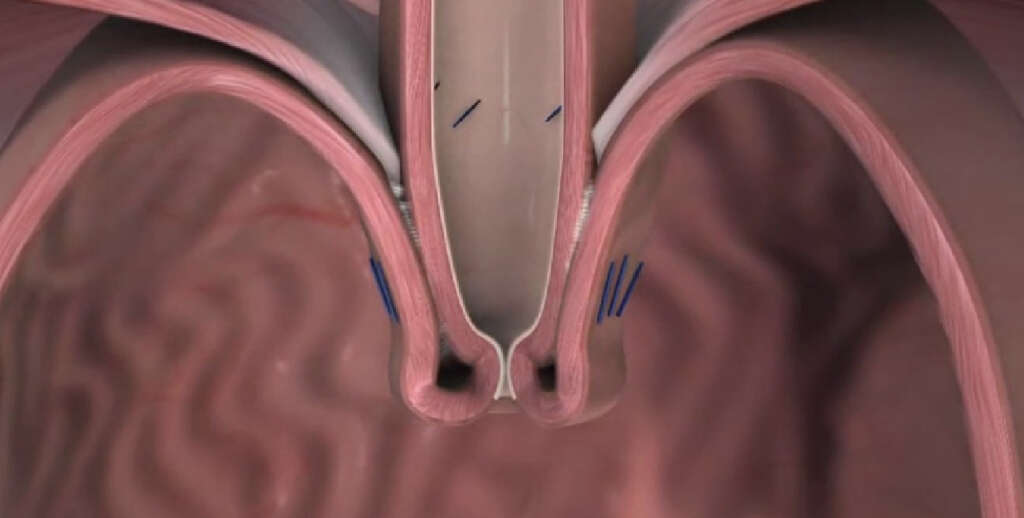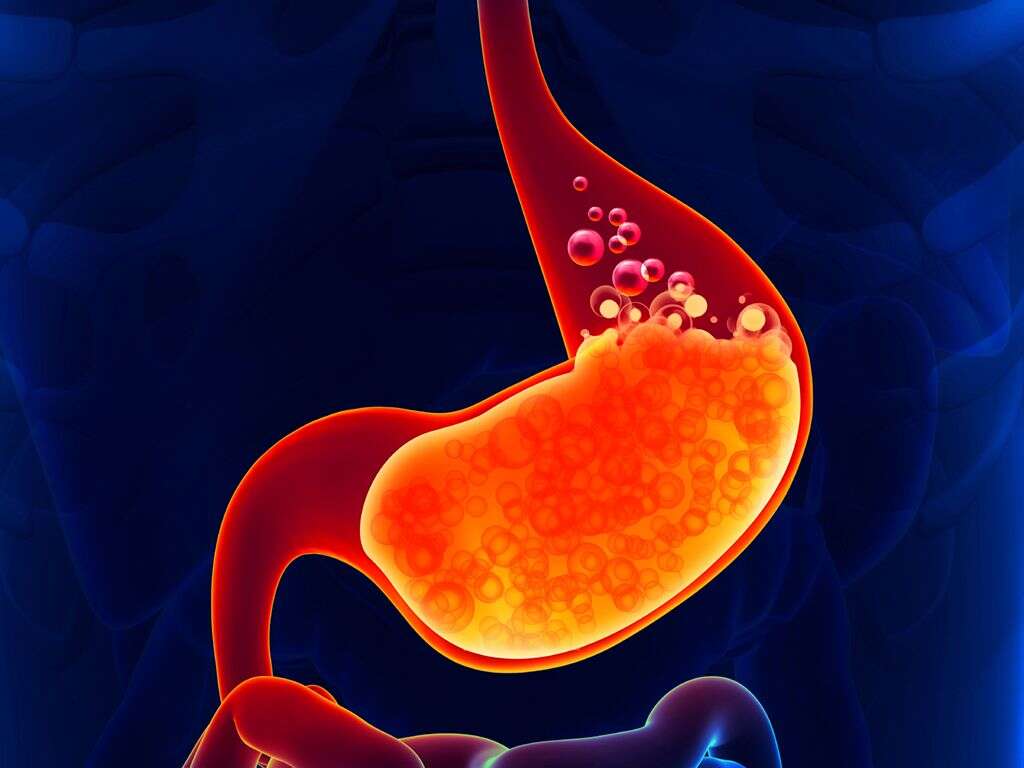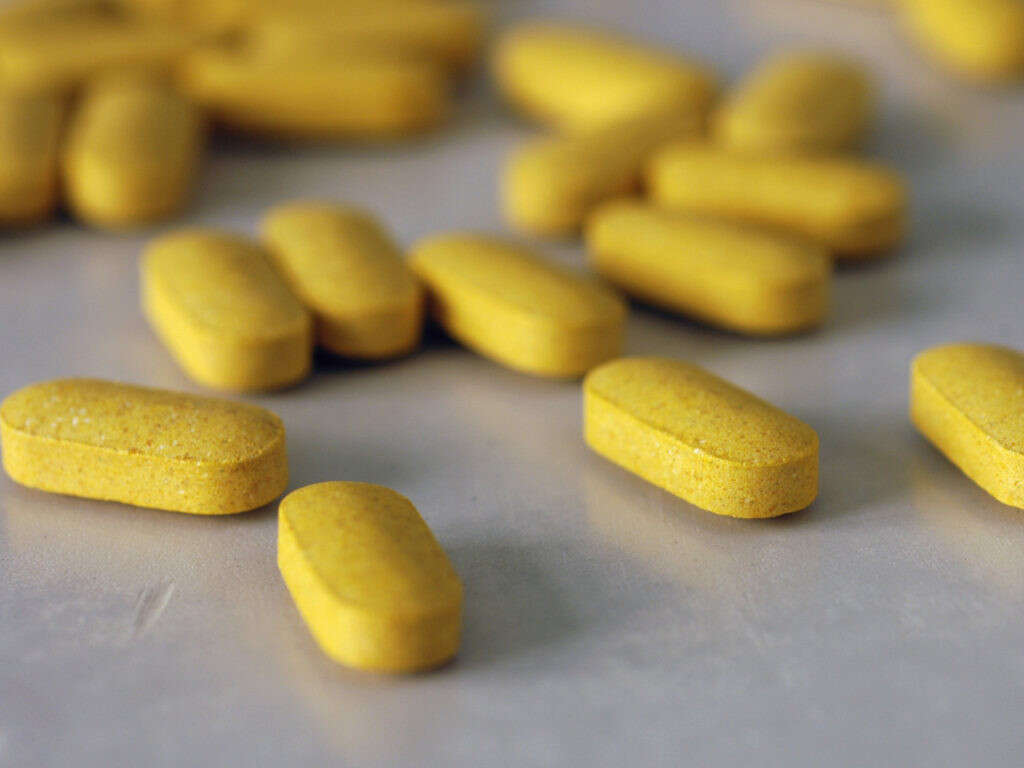What Helps Acid Reflux?
Eating is one of the most pleasurable things that we can do, and some people will spend an extraordinary amount of money on a good meal. As enjoyable as eating is, however, it is not without its drawbacks. One drawback is that eating too much food can cause obesity and other health issues.
In addition to obesity, food can also cause some other unwelcome symptoms. One of these is acid reflux which is a condition that can leave some people needing to be careful about what they eat. It is not usually a dangerous condition and it can be treated, but it will cause complications in a small number of cases.

1. Acid Reflux
Acid reflux, which can cause gastroesophageal reflux disease (GERD), is a medical condition that can be very uncomfortable for the patient. It is also a very common condition but the symptoms are usually quite harmless, albeit unpleasant. The condition will have more of an impact on the patient’s quality of life in the more severe cases, however.
The symptoms of acid reflux are usually fairly easy to manage with readily available and affordable over the counter medication. Avoiding certain foods can also help to manage the condition. More extensive treatment, including surgery, may be deemed necessary in a small number of cases.

2. Causes
In order to understand what can help acid reflux, it helps to know what causes it. The contents of our stomach are acidic enough to burn our own bodily tissues, although the stomach is protected by a specialized lining. The stomach’s contents are usually prevented from escaping back up the esophagus by a ring of muscle known as the esophageal sphincter.
This sphincter will usually shut tight to help ensure nothing can escape. The sphincter can sometimes become looser, however, potentially releasing the stomach’s contents into the esophagus. These acidic juices can then burn at the unprotect wall of the esophagus, causing the sensation that is often referred to as heartburn.
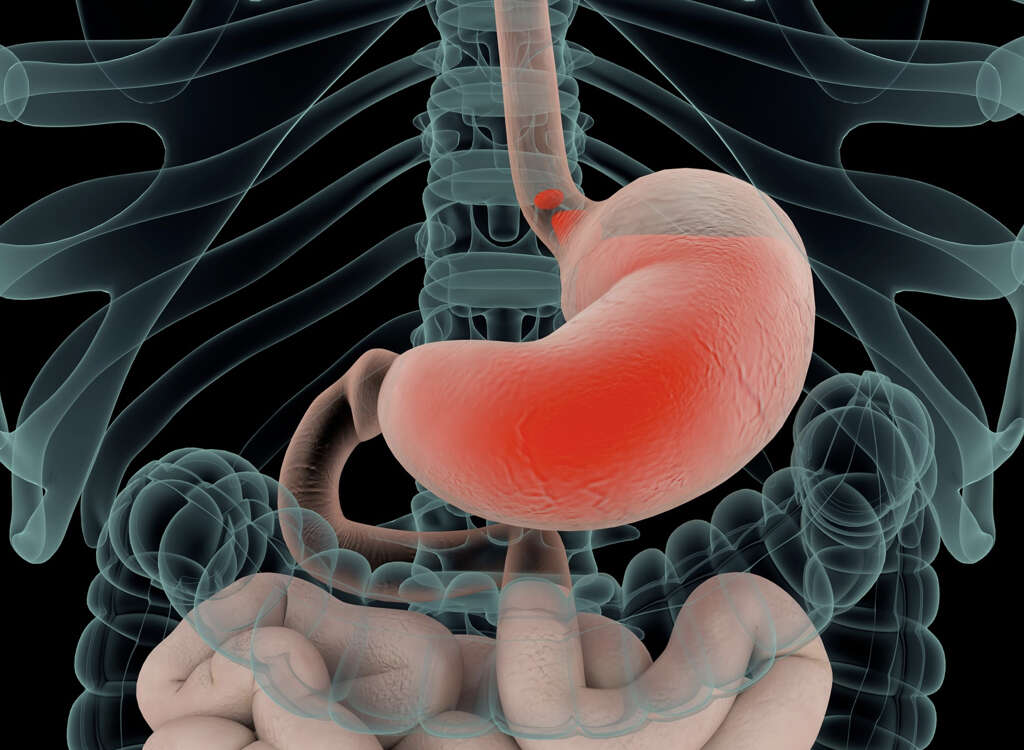
3. Diet
Certain types of food will cause the stomach contents to become more acidic, and this is likely to make the symptoms of acid reflux worse. Thus, some people should try and avoid certain foods to help reduce the severity of their symptoms. This can be the most effective method of helping acid reflux in many cases.
Fatty foods should be avoided because they are harder to break down. Fried foods in particular should be avoided where possible. The triggers are different for different people, and it might take some trial and error to find which foods are likely to trigger the symptoms for you.
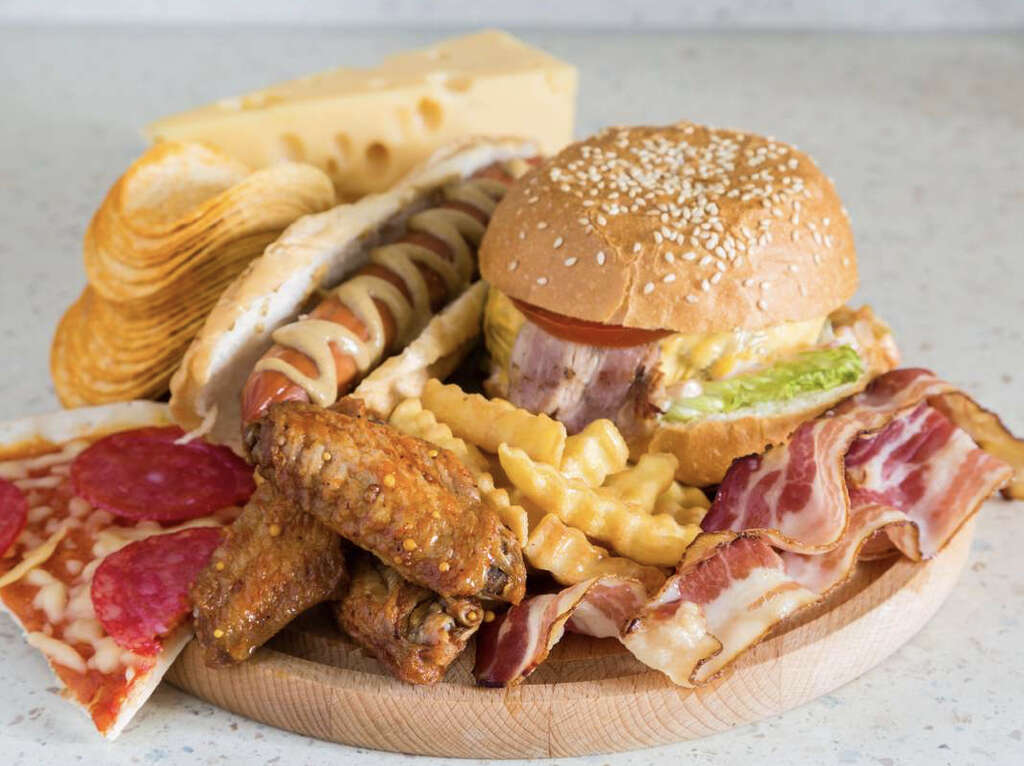
4. Antacids
Antacids are among the most common treatment for acid reflux. They work mainly by helping to reduce the levels of acidity in the stomach. Some products will also help provide immediate relief of burning to the esophagus. There are numerous types of antacid available and they can be purchased without a prescription.
Antacids are affordable and effective for most people. However they are unlikely to be enough to help people with the more severe cases. Although they are safe, they can cause unwelcome complications if they are used too regularly. Pregnant women in particular should be careful to avoid taking too many antacids.
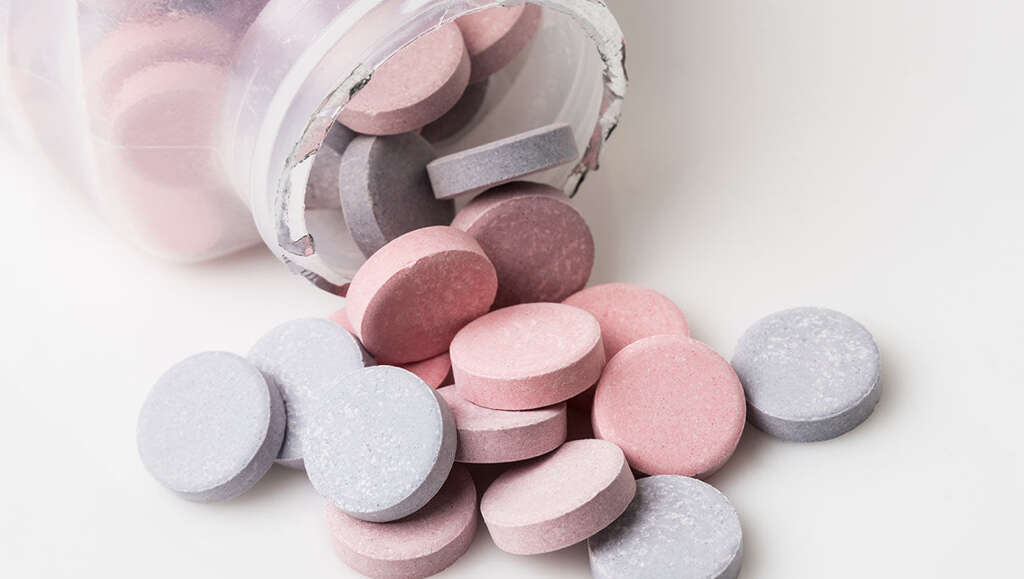
5. Proton Pump Inhibitors
Proton pump inhibitors are a type of medication that can help to reduce the production of digestive juices. This can help to reduce acidity in the stomach overall, therefore helping to manage the symptoms of acid reflux. Some can be purchased without a prescription, although a doctor’s prescription will be needed for some of the stronger varieties.
Proton pump inhibitors are generally safe, but they can cause some side effects. These side effects include nausea, headaches, diarrhea, and vitamin B-12 deficiency. More severe complications include bone fractures, infections, and kidney disease, but these are thankfully rare.

6. Baclofen
Baclofen is a variety of muscle relaxant that is sometimes used to help treat acid reflux. It is usually used to help treat medical conditions that involve muscles spasms. It works by reducing how many times the esophageal sphincter will relax and this will, in turn, reduce the volume of digestive juices that are able to escape into the esophagus.
While baclofen is generally safe to use, it can result in some unwelcome symptoms. These symptoms include dizziness, fatigue, drowsiness, headache, weakness, constipation, urinating more frequently than usual, and sleeping difficulties. The patient should let their doctor know if these symptoms persist.
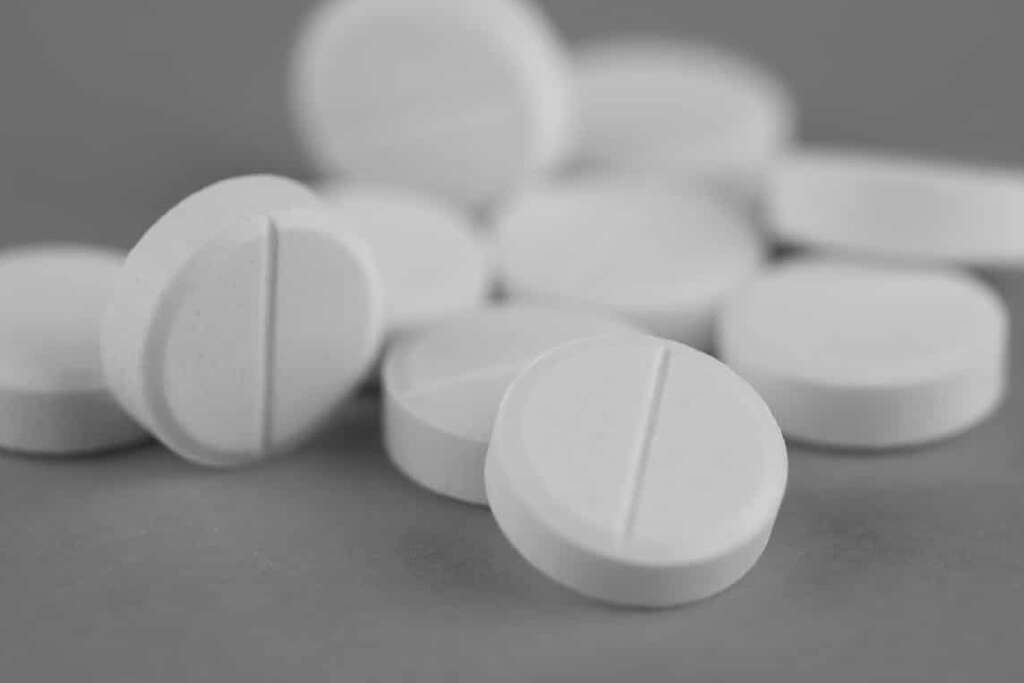
7. H2 Receptor Blockers
H-2-Receptor Blockers are a type of medication that is used to treat a wide variety of conditions with the digestive system. This includes peptic ulcers that are thought to be often caused by excess stomach acids. They work by preventing the cells lining the stomach wall form producing and releasing more acid into the stomach, thus helping to keep acidity levels relatively low.
Different types of H2 receptor blockers can cause different side effects, although side effects are not common. Potential side effects include headaches, diarrhea, rashes, and diarrhea. Some medications can also cause gynecomastia, which is the swelling of breast tissues in men.

8. LINX Device
If medication is not working, then surgical options might be recommended. One of these options involves what is known as a LINX device, which is a ring made from magnetic beads. During the procedure, this ring is wrapped around the top of the stomach where it meets the esophagus.
The magnetism of the beads in the ring is strong enough to hold the stomach closed tightly enough to prevent stomach juices leaking out. It is also weak enough to allow food to pass through when it is swallowed. One of the benefits of the procedure is that is can be performed with minimally invasive surgery.
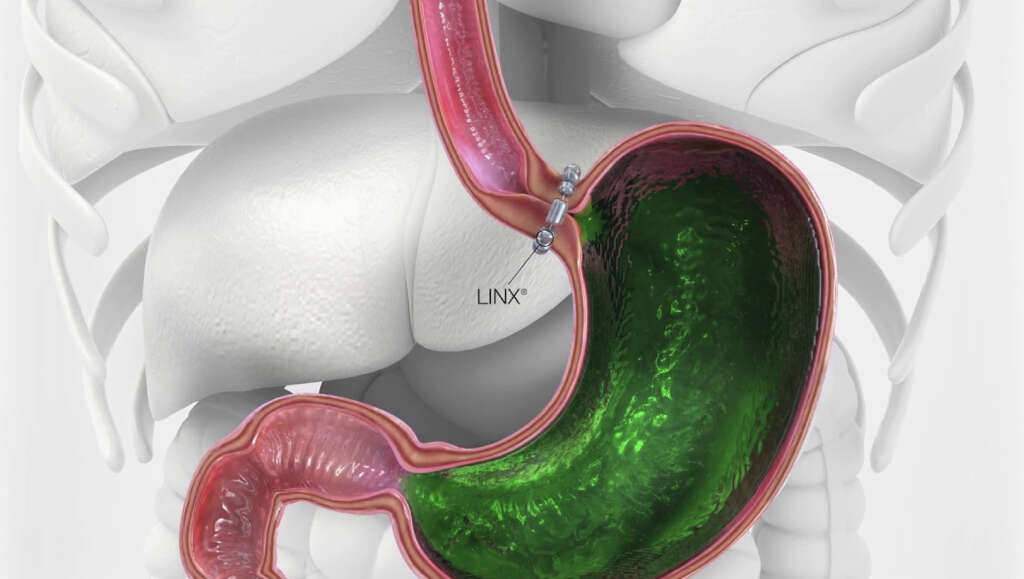
9. Fundoplication
Fundoplication is a procedure that involves taking the top of the stomach and wrapping it around the esophageal sphincter. This can help to strengthen the sphincter, helping to prevent food from escaping from the stomach. This procedure can usually be performed with minimally invasive surgery.
There are three main types of fundoplication available, each of which may be more or less suitable according to the specifics of the case. The procedure is usually straightforward but complications will arise in some cases. These complications include stitches breaking open, infection, an inability to vomit, and bloating. Another potential complication is dumping syndrome, which means that the food is travelling to the small intestines from the stomach too quickly.

10. Transoral Incisionless Fundoplication
This is a relatively new procedure that involves the use of fasteners to help wrap part of the upper stomach around the esophageal sphincter. The procedure might sometimes be performed in association with other procedures, depending on the exact nature of the patient’s condition.
Transoral incisionless fundoplication is another minimally invasive procedure, which helps to make it popular. It is often performed through the mouth with the help of an endoscope. Complications are unlikely but when they do occur, they are likely to include pain, nerve damage, infection, swallowing difficulties, and difficulty burping. The procedure might also sometimes result in the accidental tearing of the esophagus.
